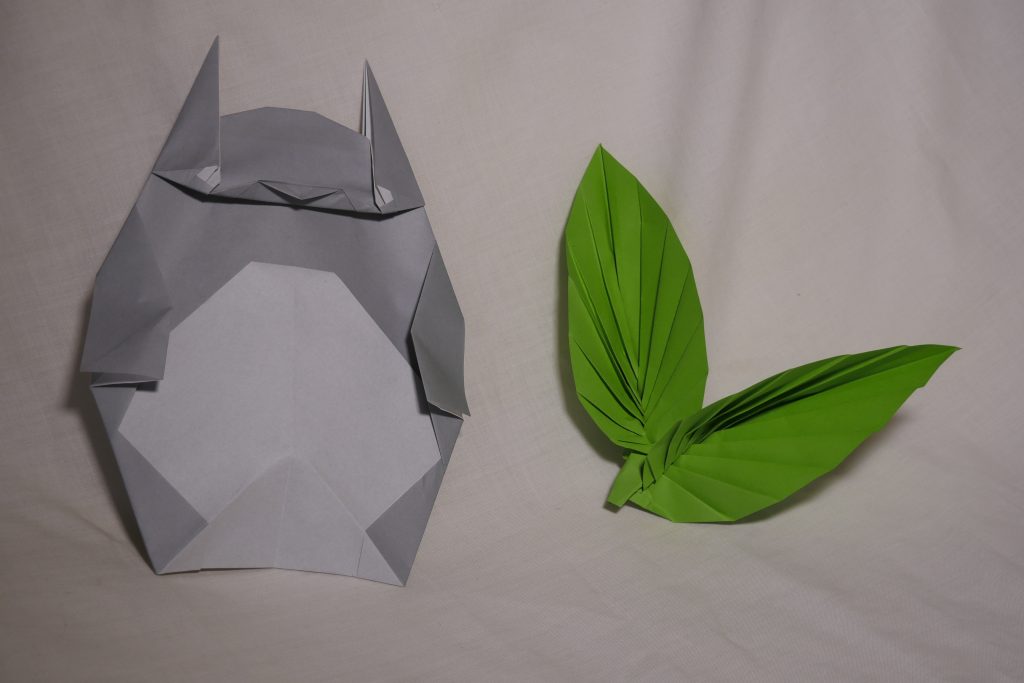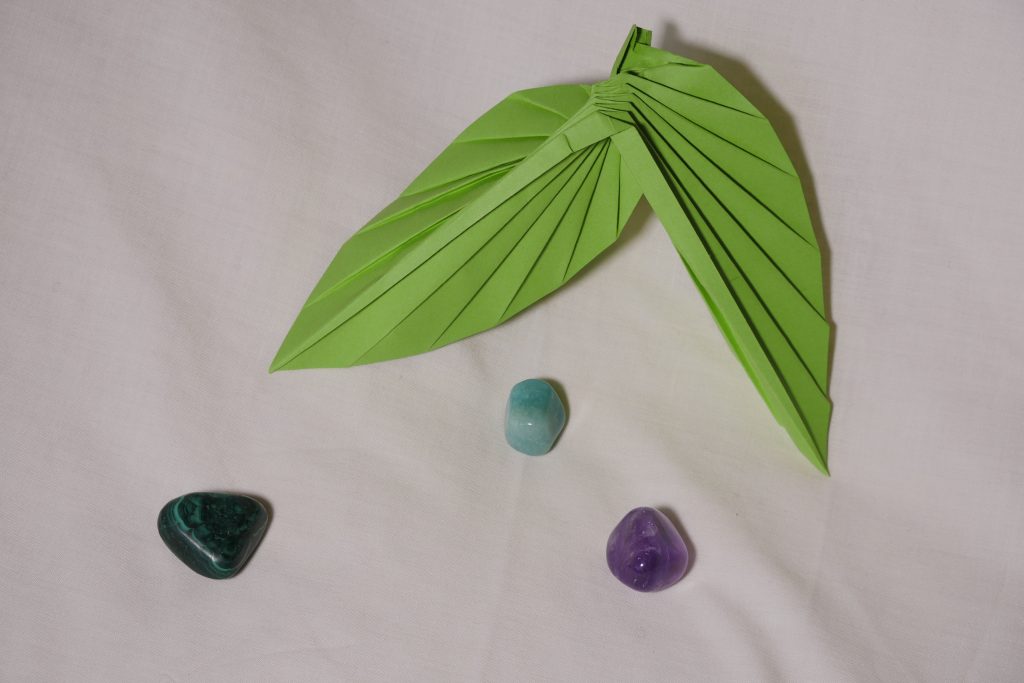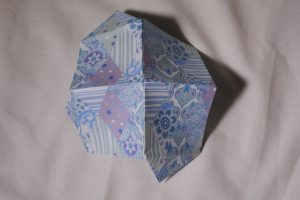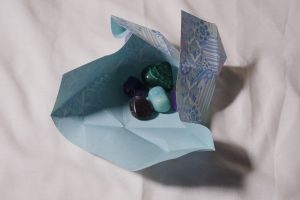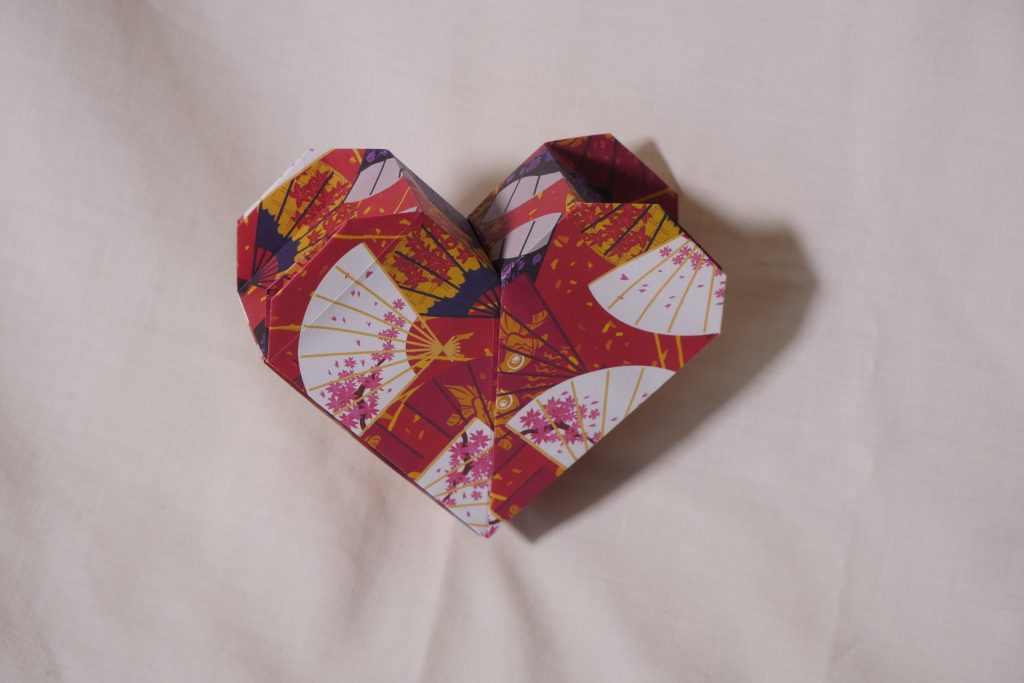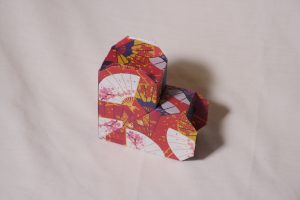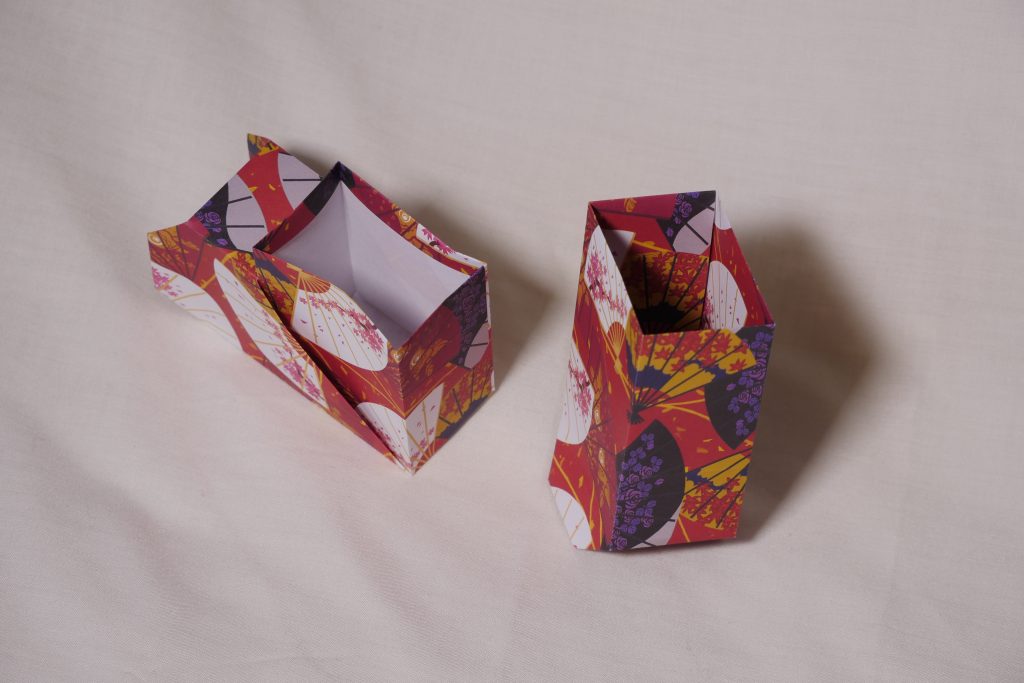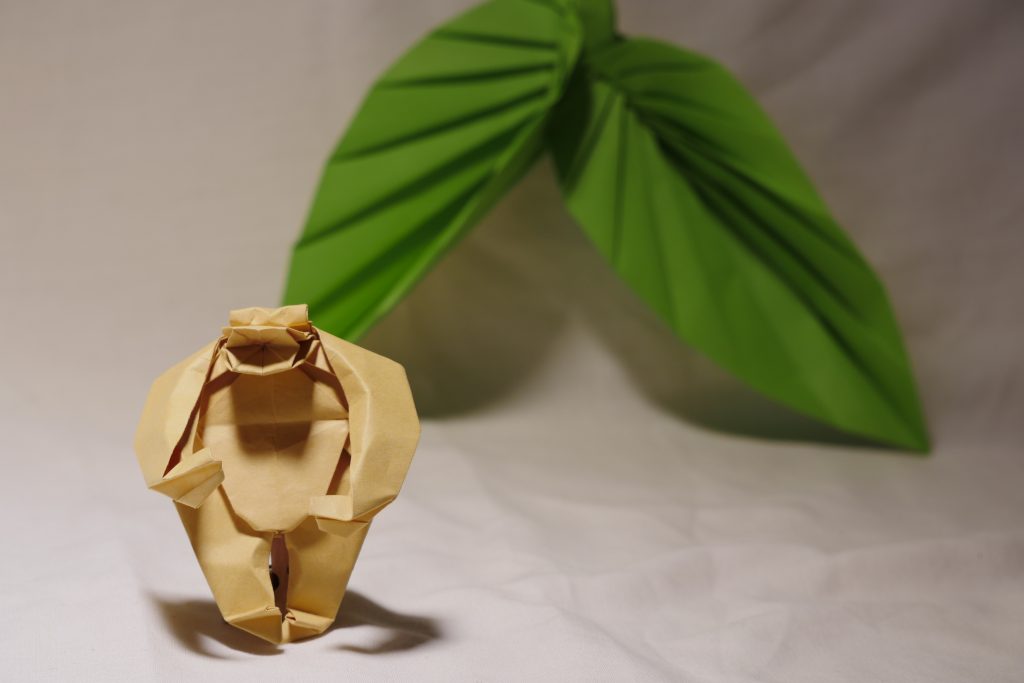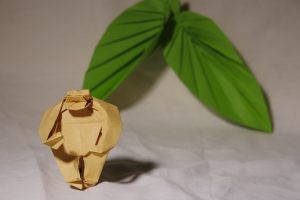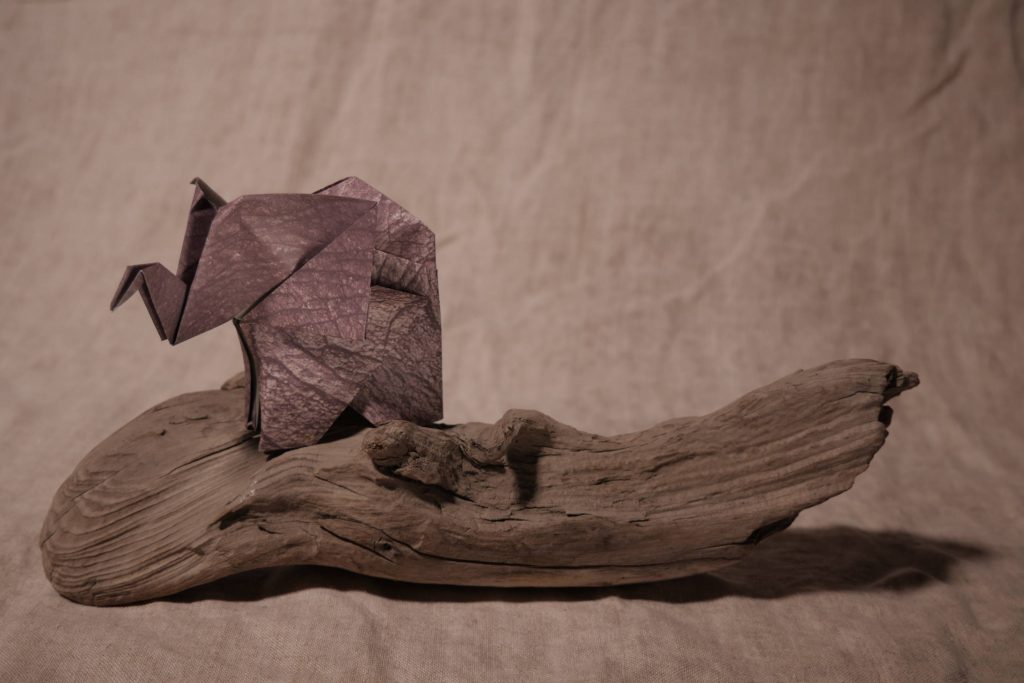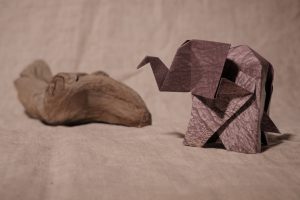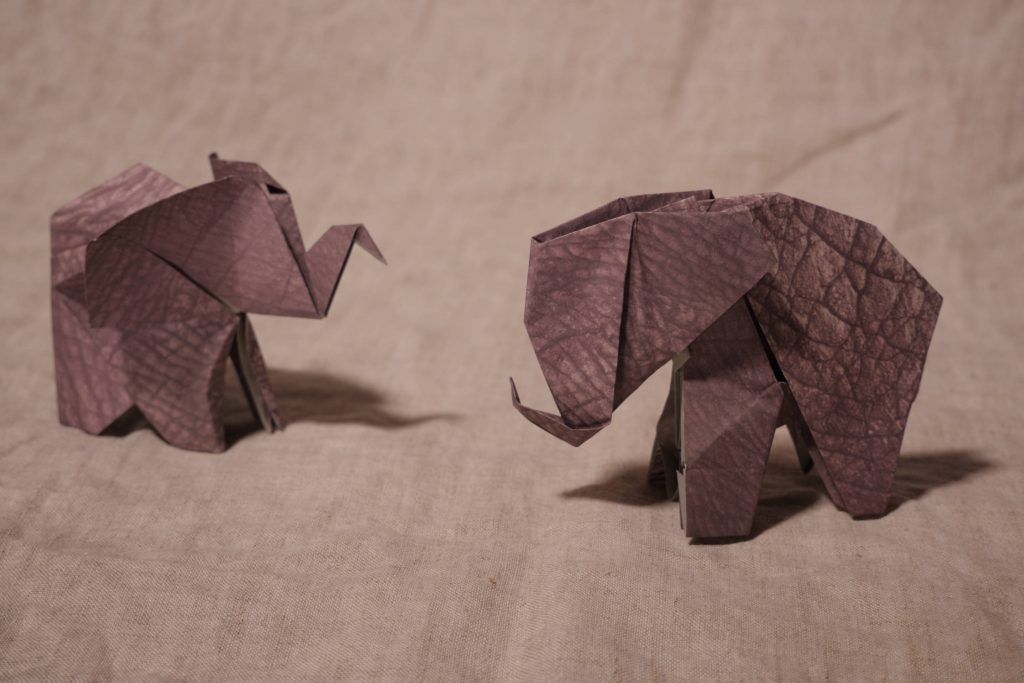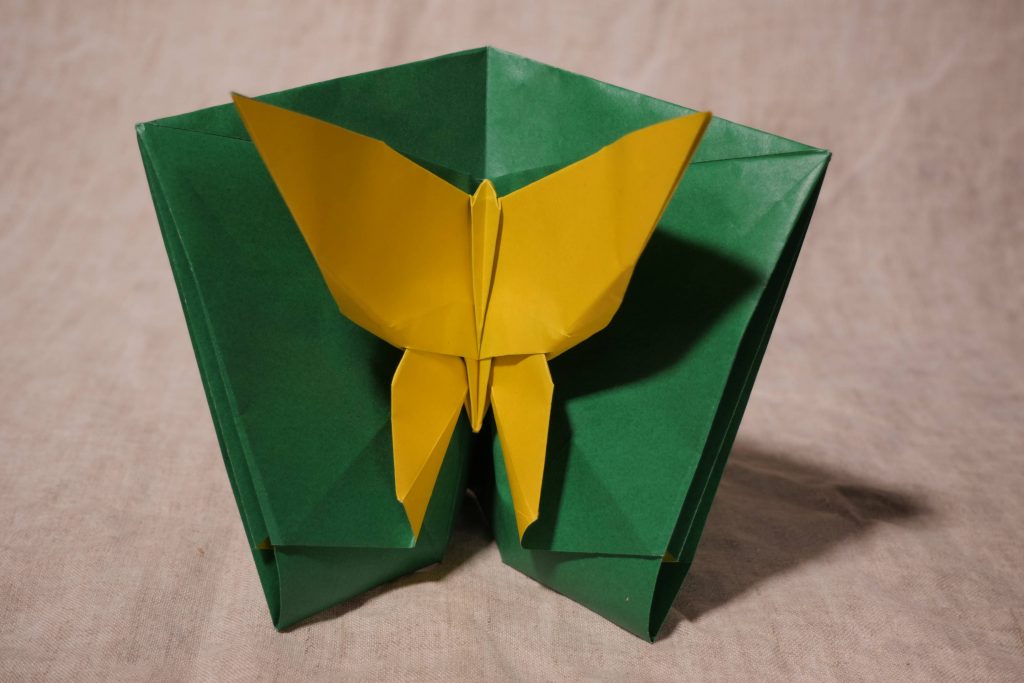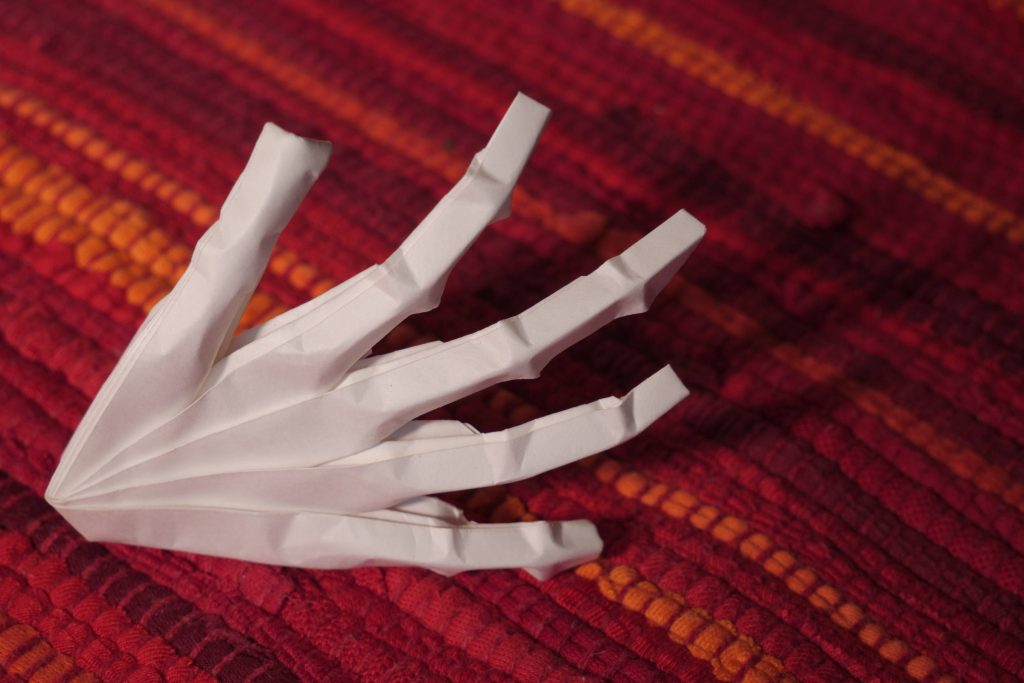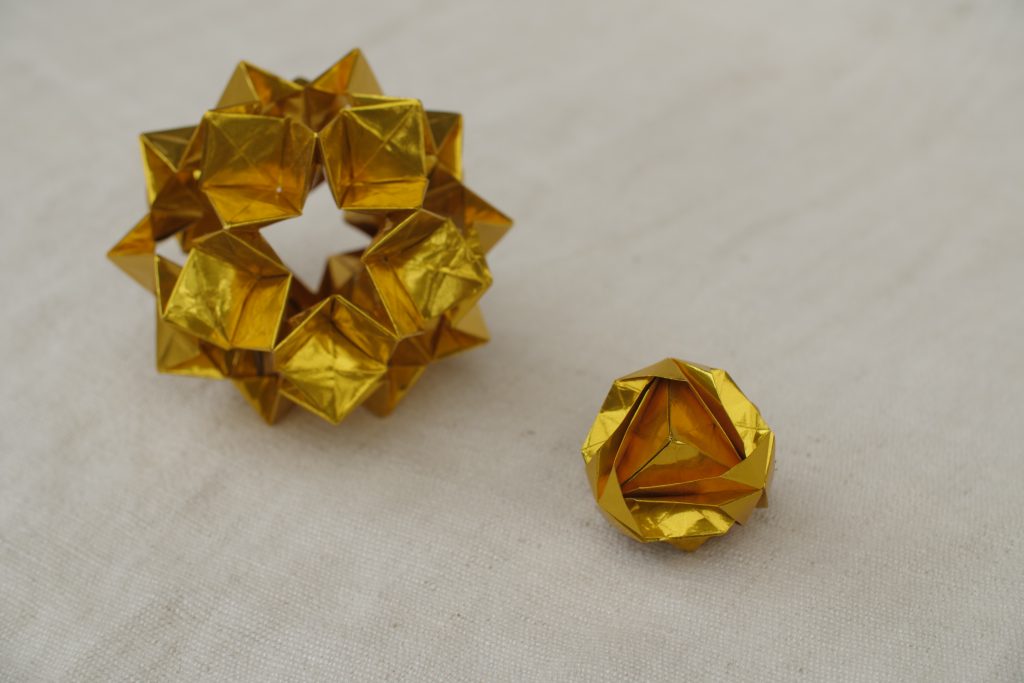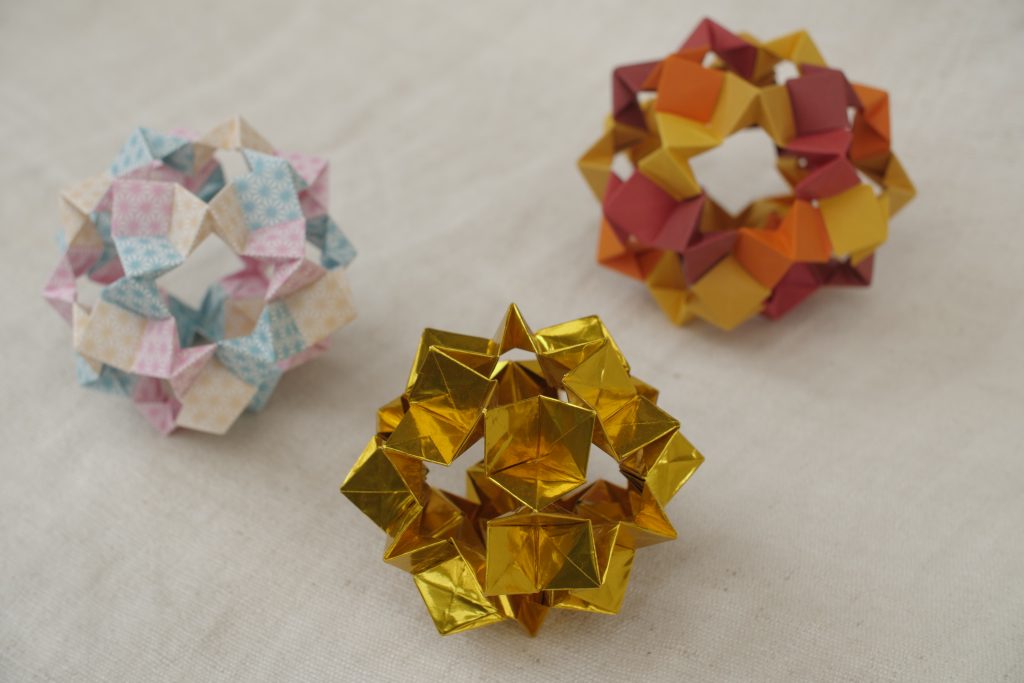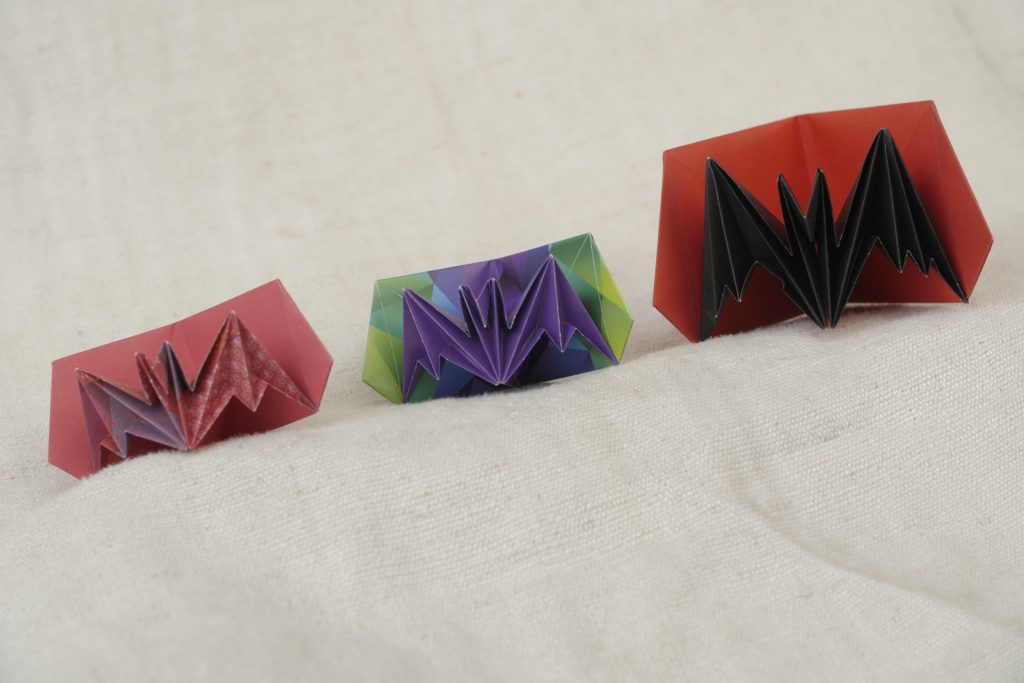I really prefer diagrams to videos, but some models are not diagrammed, or I don’t have the books… so I’ll take a video instead ;)
Here is a list of the video tutorials that I watch. I’ll also explain what I like or not about them and other video tutorials.
So, the videos that I regularly download and fold are from Jo Nakashima, Paper Kawaii, and Jeremy Shafer. Jo Nakashima makes videos for models designed by him and other people, Jeremy Shafer mostly shows models he designed. No sure about Paper Kawaii, she doesn’t say where the models are from or if she designed them.
So, that would be my first remark: if you show a model, it’s really good to say who it comes from, where the diagrams can be found if it has been diagrammed – so that people can thank the authors, search for more models by them, buy their books… attribution is the first step to keep a sharing community alive :)
The second remark is: always start the video by showing the finished model. Those I linked do that, but some other videos don’t, and it’s bothering, having to scroll through the video to be sure what you’re folding (I usually download the videos, so the photos and text that were published with it are not there when I go around to fold them).
Third: give indications for the paper. Paper size is important (it’s good to recommend bigger paper for a first try, and to say the smallest size possible – for exemple, “This model should be folded from 30cm paper, you can use 20cm paper if you prefer, it’s unlikely to work with 15cm paper if you’re not a miniaturist”).
Of course, the number of sheets and format of the paper are necessary too. Some videos show rectangular paper without mentioning if it’s A4, US letter paper format, or some other entirely. Some videos show all the steps to prepare an hexagon and only then say “we’re going to cut here”. It’s better to say “we’ll fold from an hexagon, let’s see how to cut it”.
Paper texture is important too. I’m especially frustrated with Jo Nakashima with that: he uses gorgeous tissue-foil or such… which is too expensive for me, and I wouldn’t use it for a first try anyway ; and he doesn’t give indications about the texture of paper, like “thicker paper would be better” or ” this can / can’t be folded from kami”. I folded the hot-air balloon from ordinary paper, only to realize at the end that the box at the bottom would not hold with my thin paper, thick paper was a requirement that had not be given at the beginning.
On the other hand, it’s really good to see gorgeous paper in action. I’m half in love with copper tissue-foil paper, just from his videos.
Fourth: in some videos, Jo Nakashima puts a picture on the side of the video with the diagram step where he is at. I really like that, so you can see what he’ll do and fold at the same time as him, instead of watching until the movement is done and then pause. But I guess the models needs to be diagramed first, so it doesn’t work when people film instead of diagraming :)
On the other hand, paper kawaii and Jo Nakashima don’t comment on what they do, while Jeremy Shafer does. It’s really good, so you can follow what happens even when your eyes are on your paper and not on the screen – and know when to pause if he’s gone to the next step before you’re done.
So, in conclusion: thanks to all the people who make video tutorials, and to the authors who authorize others to make videos of their models.
If you follow other video tutorials, please give me links! I’m interested in finding more :)

